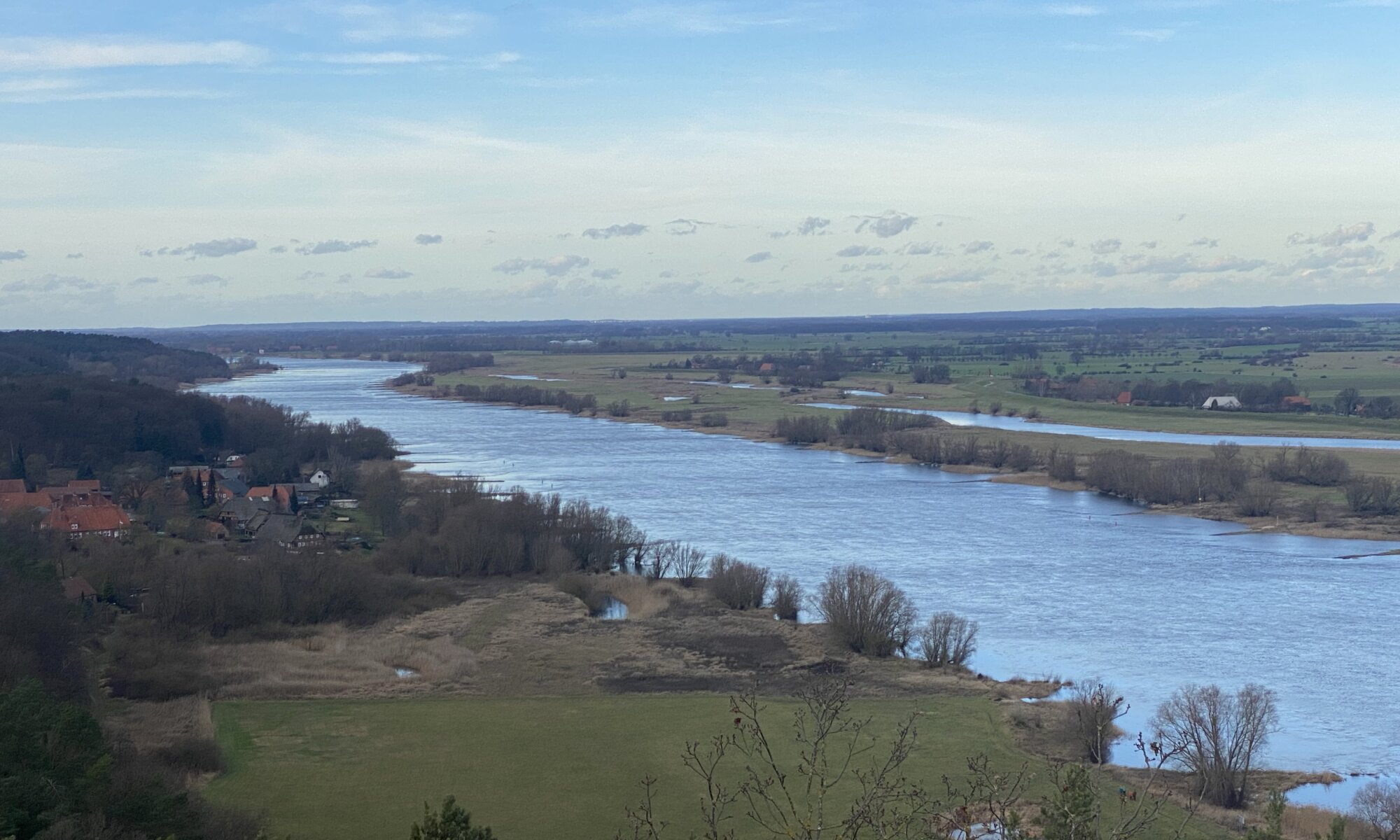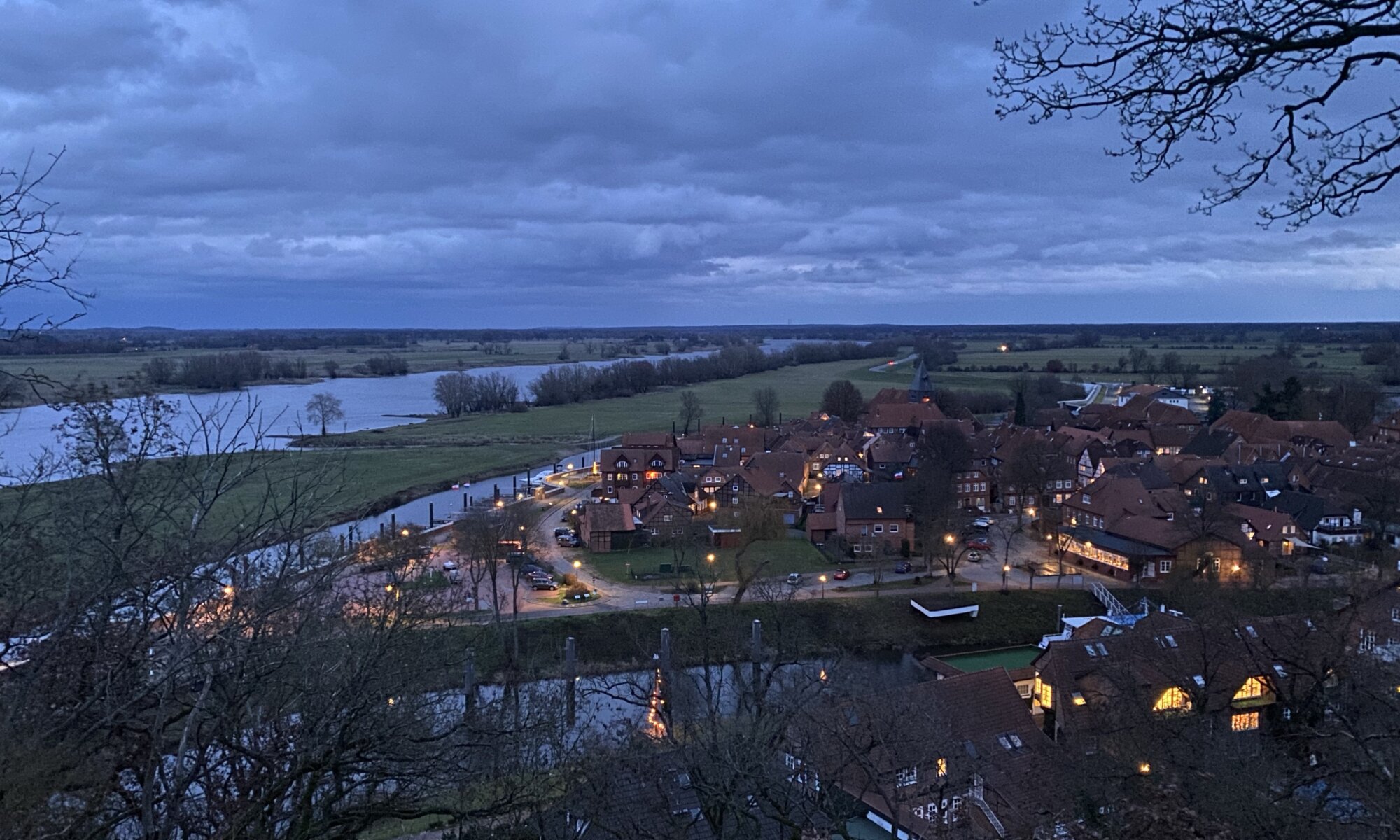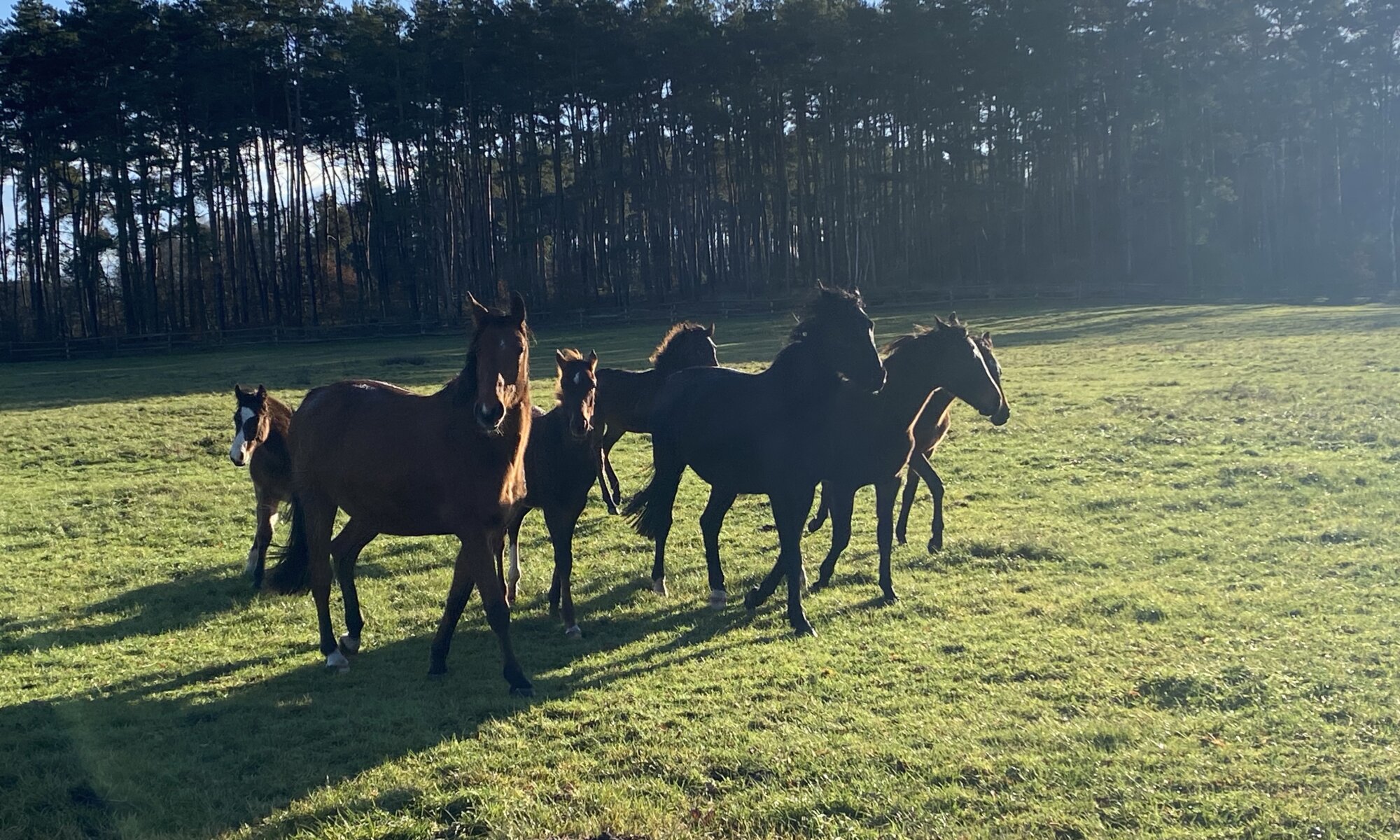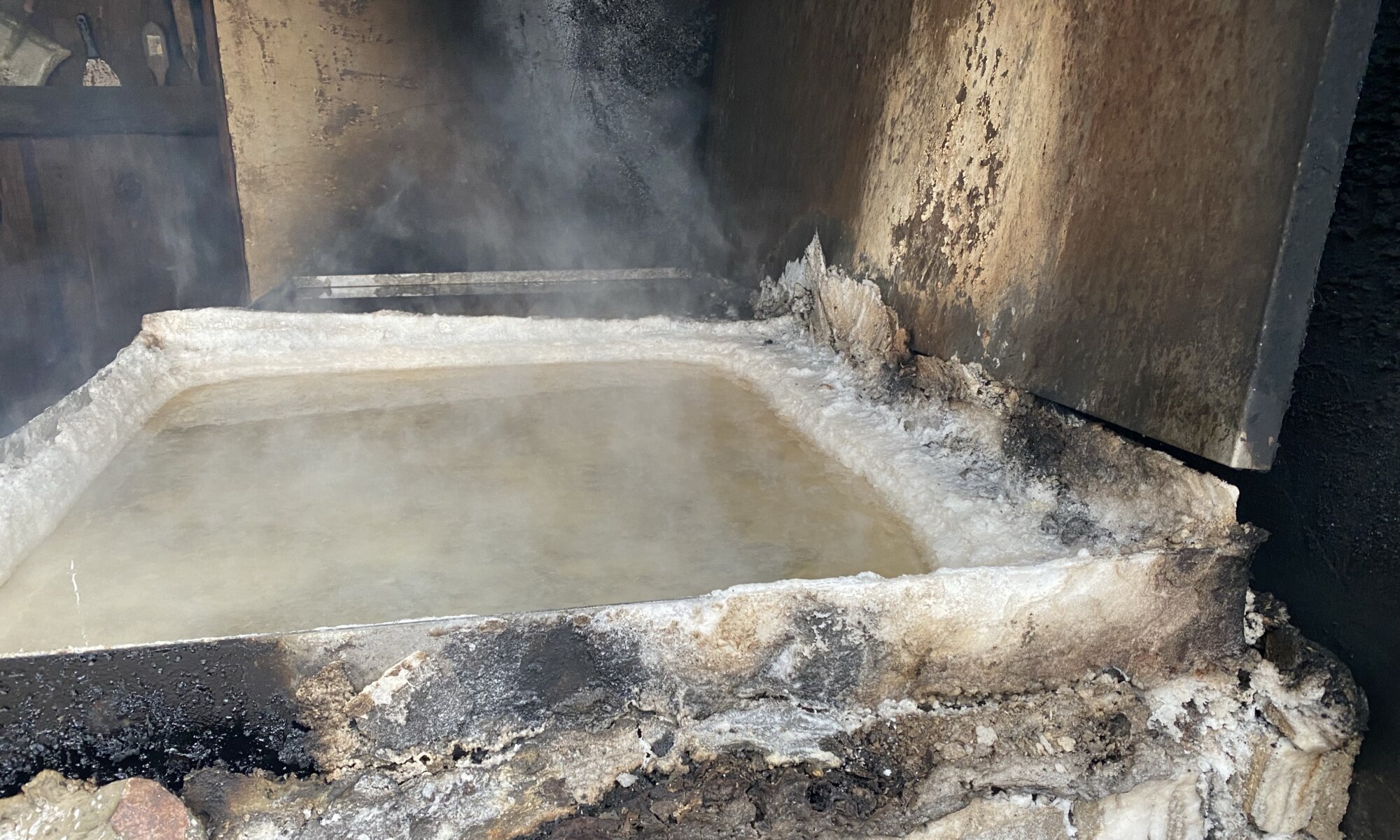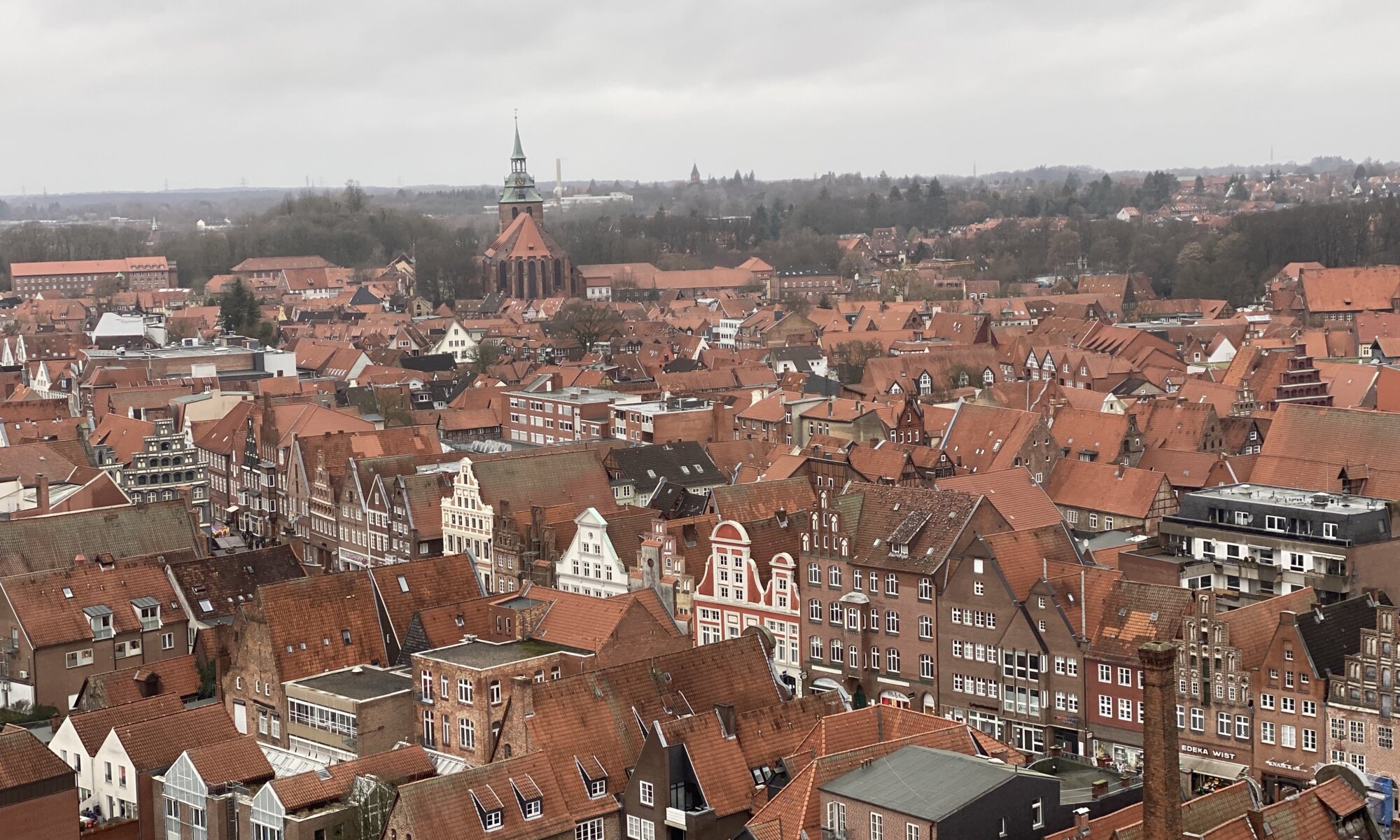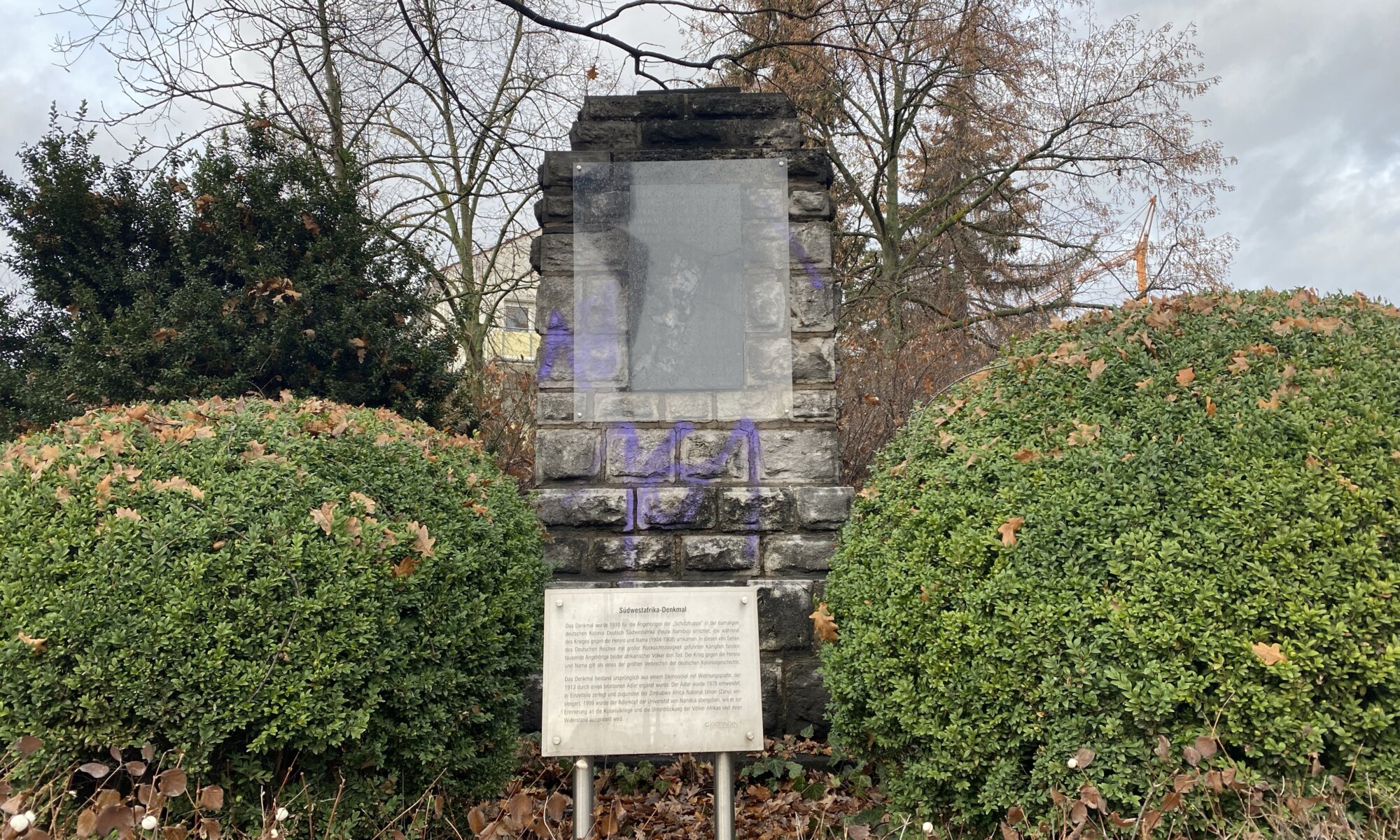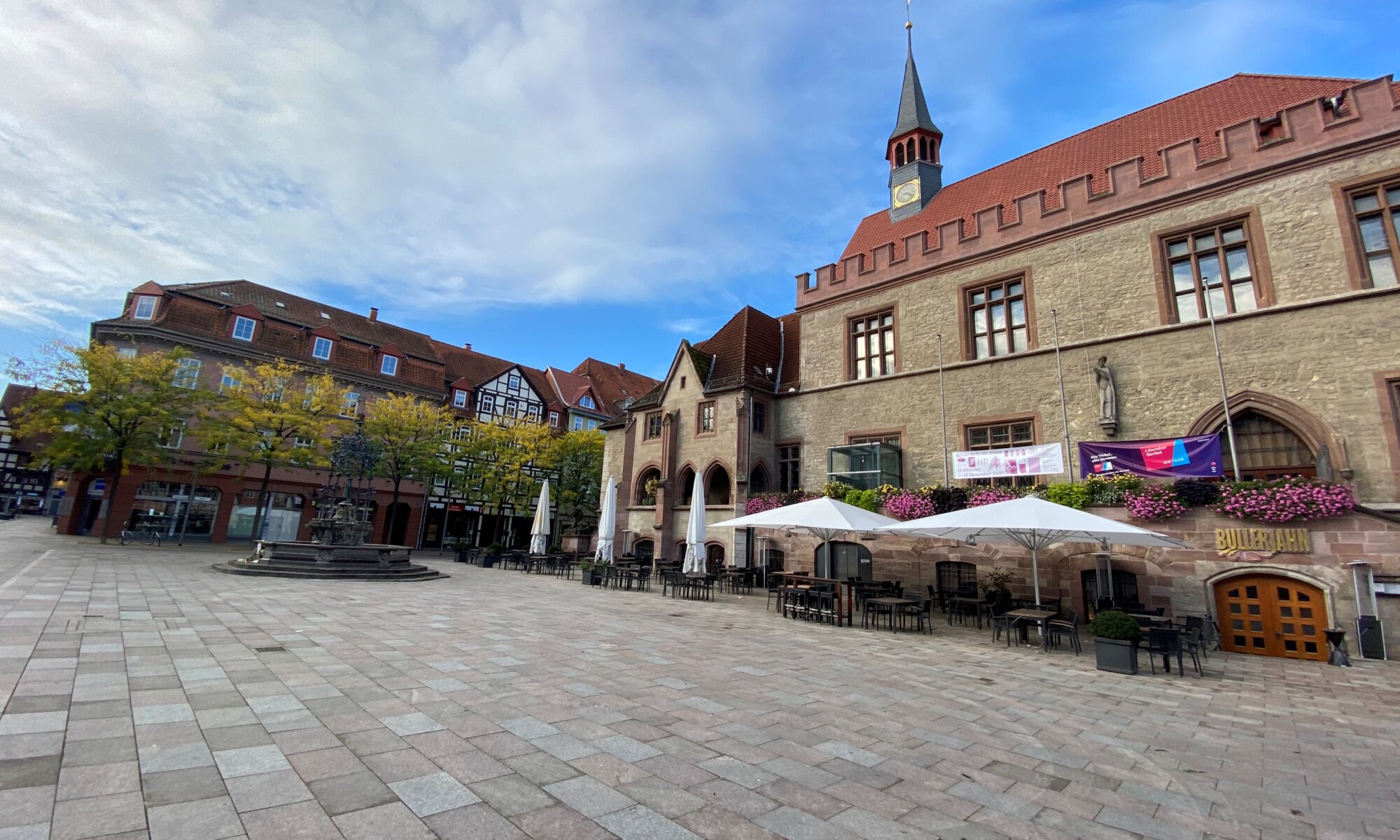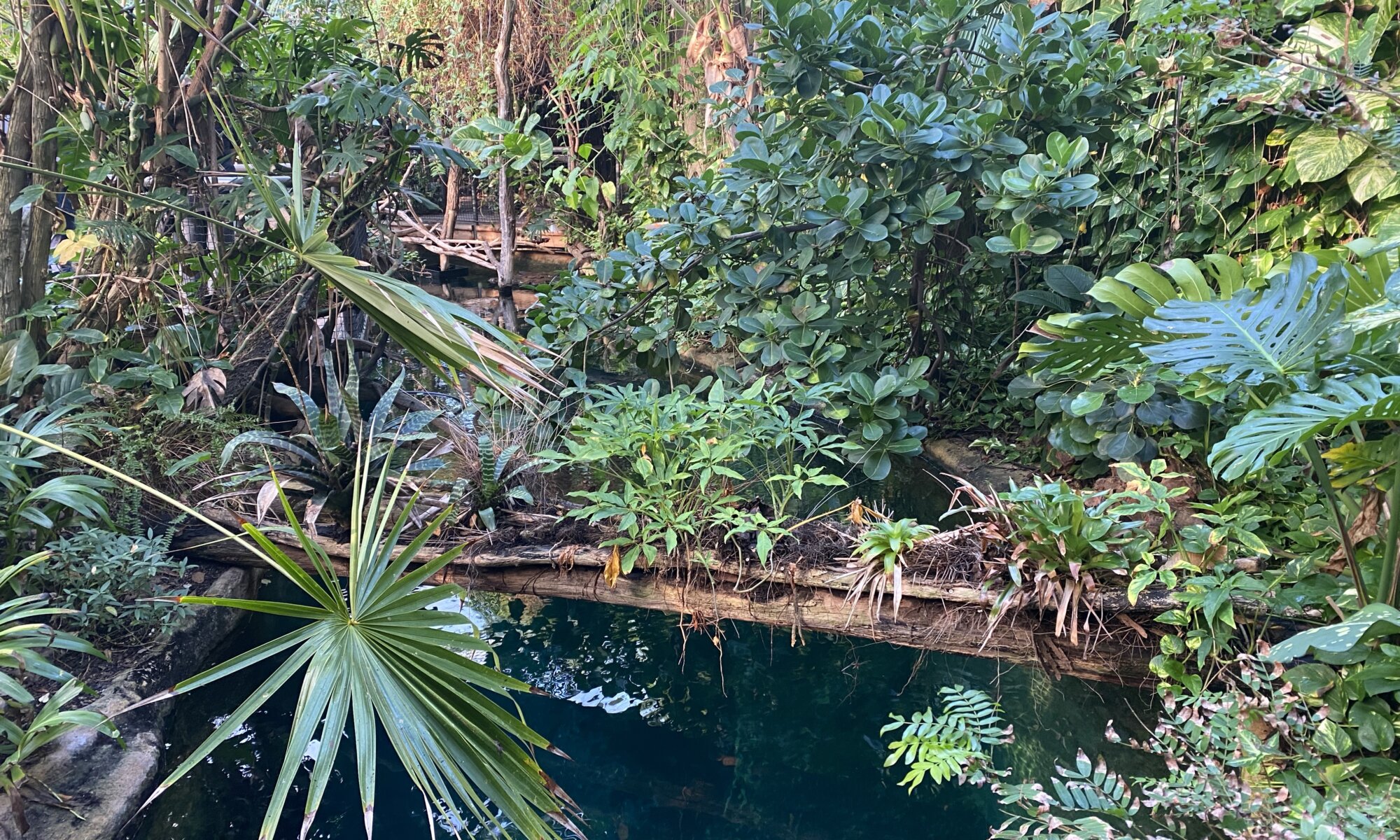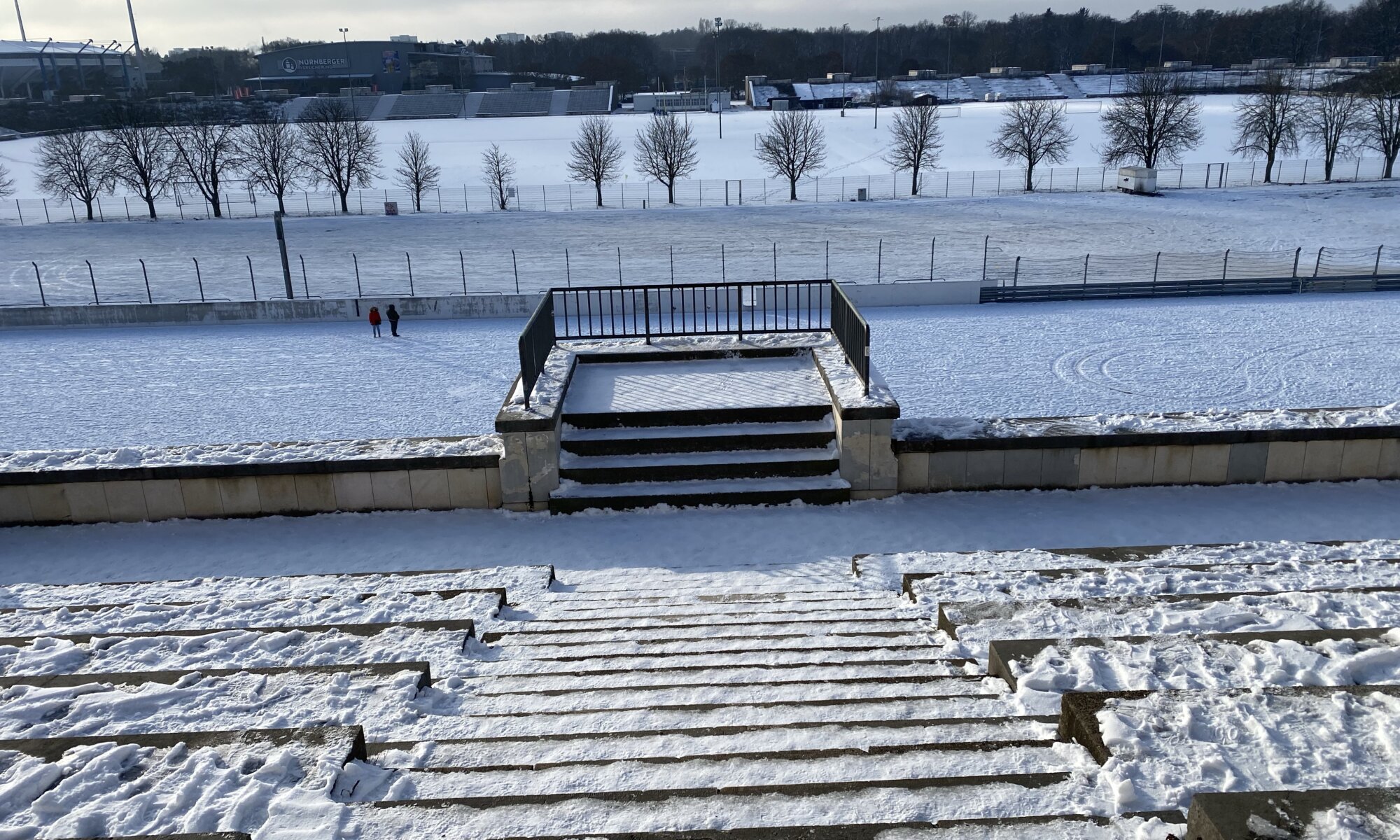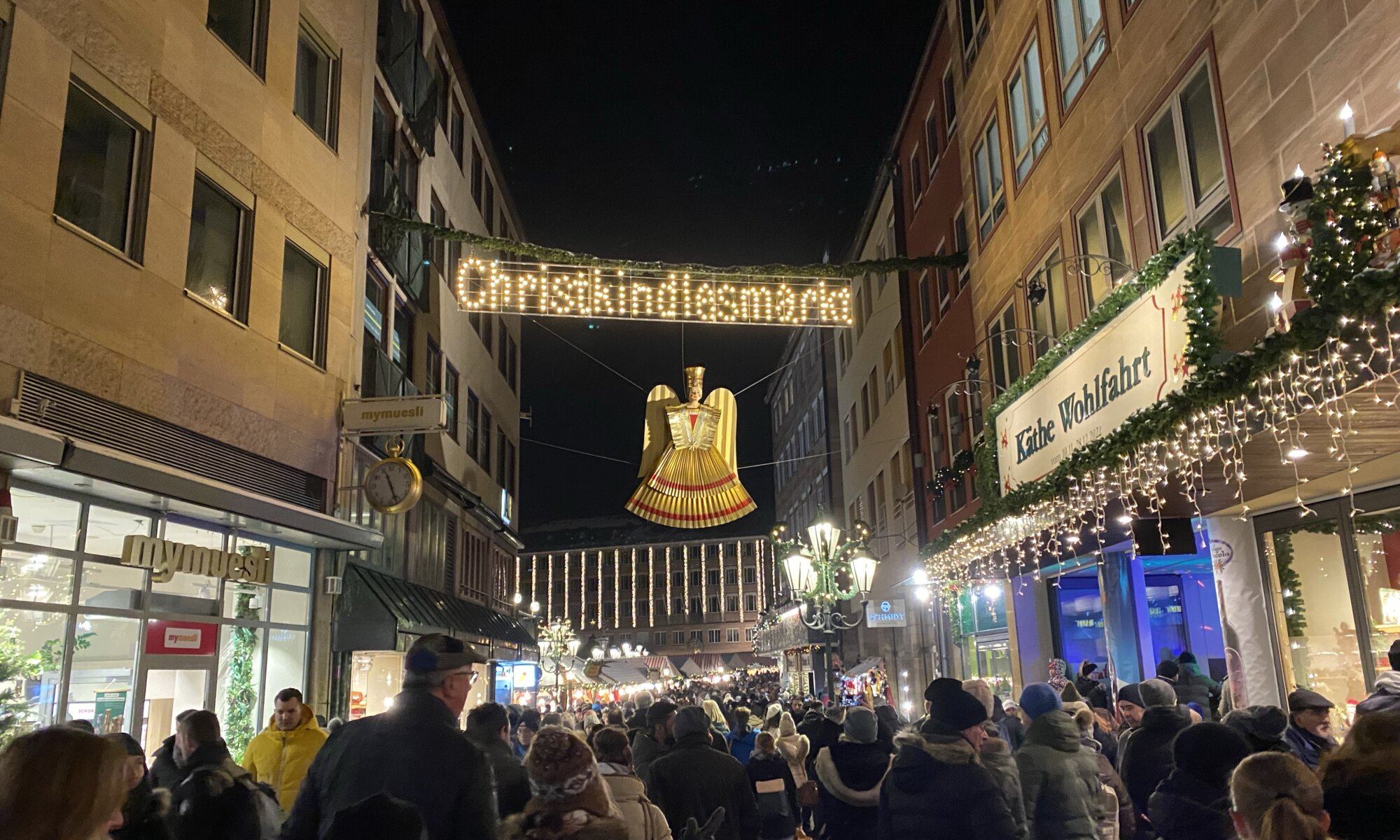The Elbe is a 1094 kilometers long river which starts at the Giant Mountains (Krkonoše) of the Czech Republic and floats through Hamburg and into the North Sea close to Cuxhaven. During the times when Germany was separated into two different states the river was part of the inner-German border: after 1945 the US-American and British occupation zones met the Soviet zone here. On the side of the German Democratic Republic (GDR, DDR) a metal fence was created, towers built, villages removed and mines were placed.
Continue reading “Borderland”Inselstädtchen
Hitzacker, Dannenberg, Gorleben – these are the names of small cities known well throughout Germany. They are part of the Wendland, a very secluded region of Lower Saxony. Here a temporary storage for atomic waste was created and a final storage was planned, without any good reasons. It was merely the fact that this region was at the inner-German border which supported the idea of storing this long-term dangerous waste there. Between 1995 and 2011 thirteen so-called Castor transports arrived there and protests grew massively over time. That brought the region onto the inner maps of Germans.
Continue reading “Inselstädtchen”Kamerun
Germans have been very creative in the past on how they name their settlements. You can find many funny names and many international references on the map. In East Frisia you can walk from America (Amerika) to Russia (Russland). At the Baltic Sea you can enjoy Brazil (Brasilien) as well as California (Kalifornien). If you want to visit Canada (Kanada) you need to go to Thuringia; Norway (Norwegen) and Egypt (Ägypten) can be found in Lower Saxony. And there are different Cameroons (Kamerun) in this country, the one I like most can be found in the Wendland.
Continue reading “Kamerun”Deutsches Salzmuseum
Did you know that Lüneburg became rich because of the salt underneath the city? It is said that while hunting a wild boar appeared who was covered in salt. By that the people found out about the salt that was washed out by ground water. They pumped this so called brine to the surface, distributed it with wooden pipes throughout the city, cooked it in large pans and thereby recovered the white gold.
Continue reading “Deutsches Salzmuseum”Wasserturm
Where to find the best views on the city of Lüneburg, Germany? A brilliant option is the Wasserturm, an old water reservoir created in 1907 which was used until 1986. The technology inside was removed and the building is now protected as a cultural heritage. If you buy a ticket you can take an elevator to the top of the 56 meters high tower (okay, there is a little amount of steps that you still have to take) and enjoy the city from up above.
Continue reading “Wasserturm”Flown away
In the south of Göttingen, in a quite prominent location at the intersection of the Geismar Landstraße and the Friedländer Weg you can find the stub of a memorial that is pretty much unknown to the citizens of Göttingen. It is the Süd-West-Afrika-Denkmal, commemorating the fallen of the 82nd regiment (once located at the city) during the uprising of the Herero and Nama against the colonial forces in former Deutsch-Südwestafrika, todays Namibia.
Continue reading “Flown away”Centerpiece
At the heart of the ancient city center of Göttingen you can find the Altes Rathaus, the old town hall building dating back to the year 1270 CE. It was changed multiple times over the centuries and was used by the city administration and city council until the year 1978. After that time both institutions use a skyscraper created outside the city center, the Neues Rathaus at the Hiroshima-Platz.
Continue reading “Centerpiece”Manatee paradise
Nürnberg, Germany, has a long tradition with zoological gardens: in medieval times there was a zoo close to the city center (next to the Tiergärtnertor), from 1912 on it was located near the Dutzendteich lake but then it had to move because of the creation of the Reichsparteitagsgelände. Since 1939 the Tiergarten is located in the East of the city in a mountainous region called Schmausenbuck.
Continue reading “Manatee paradise”Reichsparteitagsgelände
Until 1933 the area around the Dutzendteich lake in the East of Nürnberg, Germany, was used for recreation. People could swim in the lake and restaurants as well as coffee bars were a much welcomed destination for an excursion on weekends. In the Luitpoldhain park nearby the Luitpoldhalle in art nouveau style was home to exhibitions and the park was used for political rallies. And then in 1933 the fascist organization Nationalsozialistische Deutsche Arbeiterpartei (NSDAP) decided to make Nürnberg the host city for their political rallies, the Reichsparteitage, for the next 100 years.
Continue reading “Reichsparteitagsgelände”Christkindlesmarkt
If people only know one thing about Nürnberg, Germany, it is the Christkindlesmarkt – one of the oldest and best-known Christmas markets in the world. Every year the Hauptmarkt and the streets surrounding it are filled with stands where you can buy sweets (especially Lebkuchen and Früchtebrot) and Christmas decorations. But also the typical German bratwurst and mulled wine can be found there.
Continue reading “Christkindlesmarkt”
